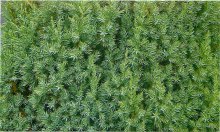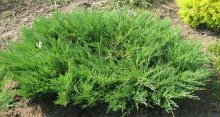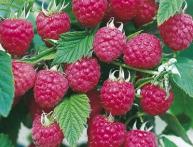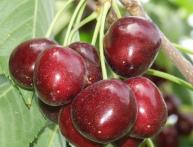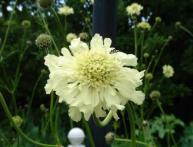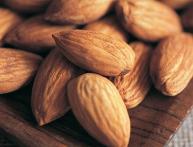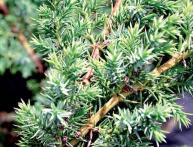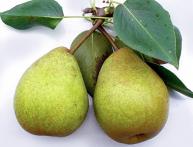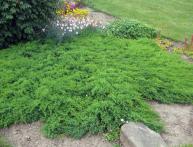The right approach to growing juniper in the garden
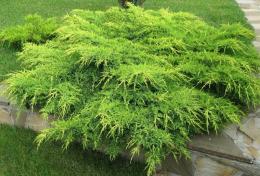
Since ancient times, juniper has been decorating garden plots. Juniper is an ornamental plant that perfectly adapts to any environmental conditions. This durable coniferous plant perfectly purifies the air. But before planting, you should decide on the variety. Common varieties: scaly, ordinary, rocky and horizontal. Besides these varieties there are many others. Paying attention to the crown of the plant and the size of its leaves determine the plant variety. There are dwarf bushes and large trees.
The crown can be spherical, spreading, bush-like, pyramidal. Each variety has its own crown color. It can be yellow, green, cream, red, gray, blue. This long-lived plant can grow from 600 years to 3 thousand. Having planted it, the next generation will remember you thanks to this plant for many years and admire the created estate. After reading the article, you will want to plant juniper even more, as it is incredibly easy to care for.
Content:
- What season to plant, how to choose soil and prepare for planting?
- Optimal temperature conditions, lighting, watering
- Care immediately after landing
- Measures for pruning juniper
What season to plant, how to choose soil and prepare for planting?
Juniper is planted in the warm spring in open ground (April - May). Planting in autumn until October is possible.It is worth planting in a sunny place, since it is very light-loving, but common juniper can tolerate slightly darkened places. In dark places the plant loses its decorative effect. The plant is not very demanding on soil.
It is better, of course, to plant it on wet and loose soil. soil, calcareous and sandy soil is also suitable. Can grow on clay soil. For planting, buy a 3-4 year old plant with a lump of earth. The hole for planting must be prepared in advance and twice as large as the lump with rhizomes. To fertilize the soil before planting, add 2 parts of grain and leaf soil, as well as 1 part of peat and sand.
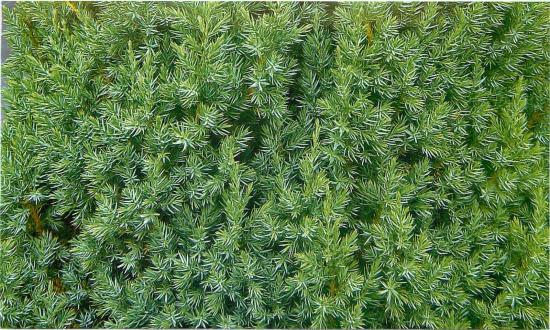
Before planting the juniper, add a glass of nitroammophoska to this mixture. Everything is thoroughly mixed. The plant needs to be planted so that the lump of earth is 10 cm higher than the soil level. After the plant is planted, it should be watered well. Despite the fact that this plant is light-loving, the seedlings need to be shaded in the first days after planting.
Optimal temperature conditions, lighting, watering
The temperature during planting and beyond should be at least 15 degrees, since this is a heat-loving plant. When planted in a dark place, the plant loses its decorative shape.
Please note some features:
- Juniper requires good lighting for growth, but preferably without direct sunlight if it is an artisanal species, since active sun can burn the plant.
- Without glaze juniper can survive for a long time. But in case of prolonged heat in summer, it needs to be watered at least once a month.
A shower with a spray bottle has a beneficial effect on the plant in dry times.It is carried out once a week in the morning or evening, since during this period the sun is less active and the plant does not dry out.
Care immediately after landing
The big advantage of juniper is the minimal requirement for plant care. The active period of care occurs only during the first time after planting. It is necessary to water and spray the plant with water once a week; these actions help strengthen the roots in the ground. During active sunny days you need to shade it. Do not forget about clearing weeds from the surrounding area.
In winter, the plant at a young age should be covered with mulch. When spring comes, the mulch is removed to prevent the trunk from rotting. Watering should only be done in hot summers, when dry days predominate. The plant does not require frequent watering; once a month is enough. Spraying the needles with water gives the needles a more delicate appearance. The plant does not require frequent fertilization, only in case of very slow growth.
Every year the tree trunk circle is expanded; it must correspond to the diameter of the crown. It is also necessary mulch trunk circle to protect the plant from weeds. Since juniper grows slowly, it does not need frequent pruning. It is only necessary to occasionally remove dry branches or those that do not grow harmoniously.
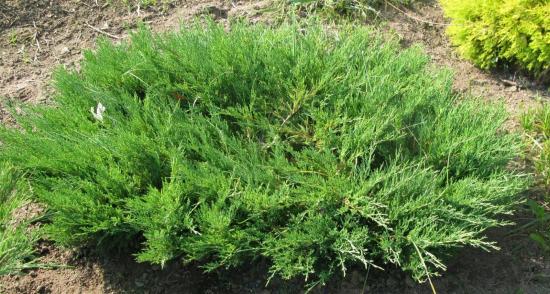
If harmful insects appear on the juniper, it is enough to use special products purchased at the garden store. Pests rarely settle on a well-groomed juniper. From 5-10 years, juniper bears its first fruits. The fruits are collected using a cloth spread under the bush, and the crop is shaken onto it with light movements.After this, the crop is planted and is ready for further use.
Measures for pruning juniper
Most often, juniper pruning is used for decorative purposes; this mainly occurs after 2-3 years. Pruning is carried out throughout spring and until mid-summer. Don't be afraid to prune the plant. First, pay attention to the appearance of the plant, determine which branches do not fit into the bush, which look too heavy and fall out of the crown.
These branches are pruned, but so that they bend to the sides easily, while preventing the option of a bald crown. This way the plant should take on a light appearance. Let's move on to cutting the core. Here it is worth removing old or wilted branches.
With the help of pruning and the use of frames to secure the branches, juniper can acquire any shape. A successfully pruned bush is considered if it looks neat from 4-5 meters.
After pruning, it is necessary to treat the cut branches with a solution of copper sulfate. You can prune the plant every year, but generally it is done every 3-4 years. But branches that are broken or dry should be removed every year.
From our article you got acquainted with the methods of care and planting juniper. This coniferous plant is ideal for decorating a garden plot, both in the country and in the private sector. Juniper is not a fastidious plant and therefore there are no difficulties in care. Therefore, plant this plant and enjoy its appearance; in addition, it purifies the air and has a beneficial effect on the human body.
Video on how to choose juniper for a site:

